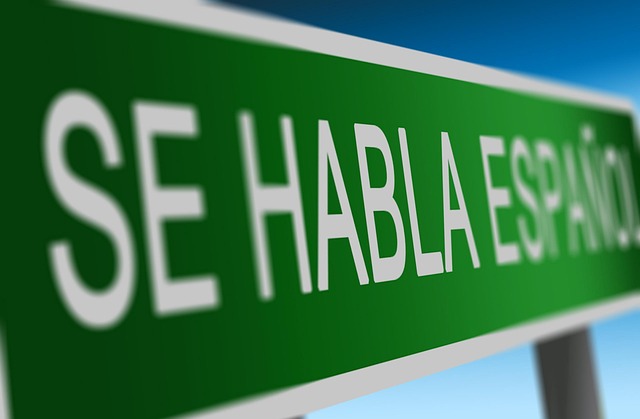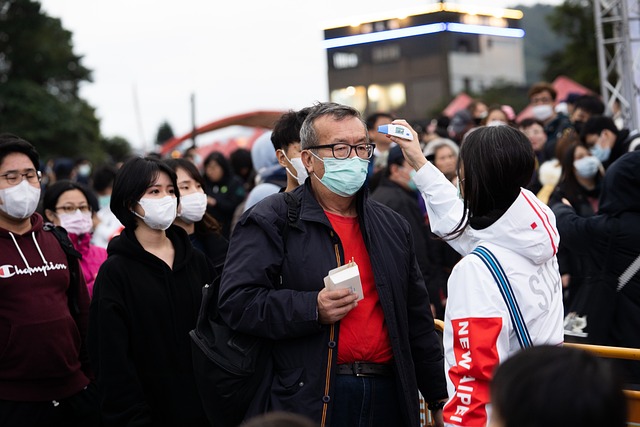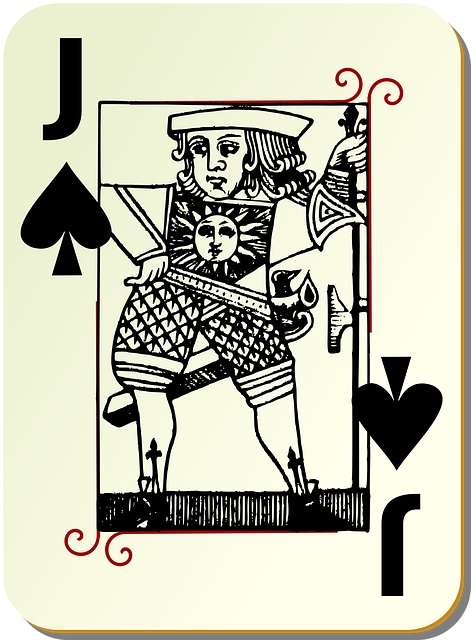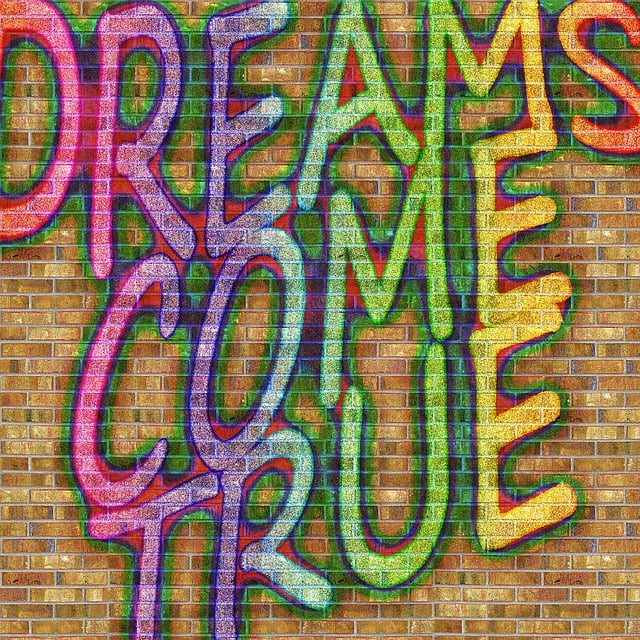
Professional translation goes beyond word-for-word substitutions, requiring deep context, terminology, and cultural understanding. Technical and scientific texts demand precision. Human translators bridge language gaps while preserving original intent, crucial for global communication. Advanced tools like Translation Memory Software (TMS) enhance efficiency and coherence. Natural language translation considers cultural nuances, idioms, and metaphors, with cutting-edge technology aiding accuracy. Quality translations ensure brand identity resonance and market share growth. Specialized systems facilitate efficient reuse and editing of translated content.
In today’s globalized world, the ability to translate documents accurately and efficiently is paramount for businesses, researchers, and individuals navigating diverse linguistic landscapes. Effective translation goes beyond mere word substitution, demanding tools that can capture nuances, cultural subtleties, and contextual relevance. This article explores the best tools available for achieving natural translations of various document types. By delving into their features, strengths, and limitations, we equip readers with the knowledge to choose solutions tailored to their specific needs, fostering clear communication across linguistic barriers.
- Understanding Document Translation Needs
- Choosing the Right Translation Tools
- Top Platforms for Accurate Natural Translation
- Integrating Translation Services Seamlessly
- Ensuring Quality and Consistency in Translations
Understanding Document Translation Needs
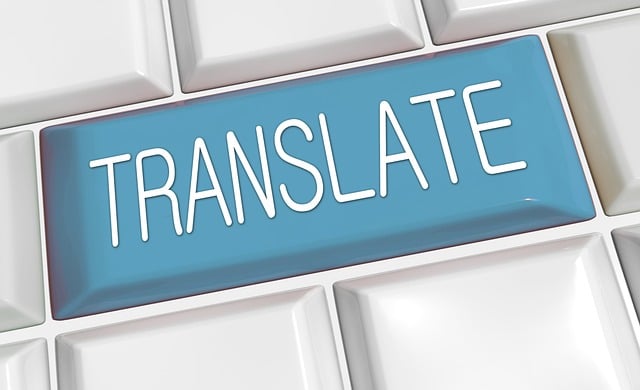
In the realm of document translation, understanding specific needs is paramount to achieving accurate and effective communication across languages and cultures. The process of translate documents goes beyond mere word substitution; it requires a deep comprehension of context, terminology, and cultural nuances. For instance, technical and scientific texts demand precision in translation to ensure the integrity of specialized information. Accurate hardware documentation, for global audiences, necessitates clear, concise language that avoids ambiguity—a challenge that requires expert hands.
When translating scientific literature, for example, it’s crucial to translate naturally while preserving the original work’s intent and meaning. This involves not just converting words but understanding complex concepts and technical jargon. Precision in these translations is vital to maintain the credibility of research findings among international peers. Similarly, when targeting global audiences, document translators must consider cultural differences to avoid potential misunderstandings or loss in meaning. What works in one language and culture may not resonate equally in another.
For organizations aiming to expand their reach internationally, leveraging professional translation services that specialize in precise technical and scientific translations is essential. Data supports this need: according to a recent survey, companies that invest in high-quality translations see an average 20% increase in global market share. To meet these demands, expert translators employ specialized glossaries and databases tailored to specific industries, ensuring consistent terminology across projects. Moreover, leveraging advanced translation tools can streamline the process while maintaining translate naturally accuracy.
Visit us at learn foreign vocabulary anytime for personalized insights and access to cutting-edge resources designed to help you navigate the complex world of document translation with confidence. By understanding your unique translation needs and partnering with experienced professionals, you can ensure that your documents resonate powerfully with global audiences.
Choosing the Right Translation Tools

When choosing translation tools, it’s essential to go beyond mere linguistic precision and consider the intricate dance of preserving cultural context and ensuring a natural flow that resonates with global audiences. Modern translation software offers a plethora of options, from automated tools to human experts. However, for documents requiring accuracy, nuance, and an understanding of subtle cultural references, relying solely on machine translations can be detrimental.
For instance, idioms and proverbs, deeply rooted in their original cultures, often lose their intended meaning or even become nonsensical when directly translated. A phrase that holds wisdom or humor in one language may arrive as a confusing string of words in another without proper interpretation and adaptation. Similarly, localizing content for diverse markets demands more than word-for-word substitutions. It involves adapting the material to align with regional customs, social norms, and even legal requirements, ensuring it resonates with readers from different cultural backgrounds.
Translate naturally, preserving both linguistic integrity and cultural context, is an art mastered by experienced translation professionals. They employ specialized knowledge of idiomatic expressions, proverbs, and cultural references to bridge the gap between languages while maintaining the original intent. This meticulous approach ensures that documents, whether medical reports, legal contracts, or marketing materials, are not only accurately conveyed but also culturally relevant and accessible to their intended global audiences. For example, a life sciences company localizing its clinical trial documentation must consider regional variations in medical terminology and regulatory language, ensuring compliance while maintaining clarity for healthcare professionals worldwide.
To achieve effective translation that translates naturally, preserves cultural context, and explains idioms and proverbs, organizations should prioritize partnerships with reputable translation service providers who offer human-powered solutions. These experts can guide you through the complexities of global communication, ensuring your documents resonate with audiences everywhere. For specialized medical terminology translation and beyond, visit us at [Medical Terminology Translation] anytime to explore how we bring this expertise to your doorstep.
Top Platforms for Accurate Natural Translation

When it comes to top platforms for accurate natural translation, the landscape is vast, each with its strengths and unique capabilities. In the realm of international business communications, where nuances of language and culture-specific expressions are paramount, choosing the right tool can make or break successful interactions. The key lies in understanding the difference between word-for-word translations, which may miss contextual subtleties, and conceptual translations that capture the true intent behind the text.
Among the sea of options, platforms like Google Translate have revolutionized translation services with their simultaneous translation capabilities, allowing for real-time communication during meetings or conferences. However, for more nuanced and culturally sensitive documents, a shift towards consecutive translation models, where translators review prior segments before proceeding, proves more effective. This approach ensures coherence and accurately conveys complex ideas across languages. For instance, when translating marketing materials for global audiences, understanding the target culture’s preferences and idiomatic expressions is crucial to avoid miscommunication or offense.
Consider the impact of context in translation; a single word can carry different meanings based on its surroundings. Advanced translation platforms now incorporate contextual understanding algorithms that analyze sentence structure and semantic relationships to provide more accurate results. This is where expertise comes into play—human translators with deep linguistic knowledge and cultural sensitivity are still indispensable, especially for highly specialized fields like legal or medical documentation. By combining human expertise with machine learning tools, we can achieve a harmonious blend of natural translation accuracy and efficiency that caters to the evolving needs of international business communications.
Ultimately, finding the right platform involves aligning your specific translation requirements with the capabilities offered. Whether it’s simultaneous or consecutive translation, word-for-word precision or conceptual fidelity, leveraging technology in tandem with human expertise will ensure your documents are not just translated but truly understood across cultures. For tailored advice and expert guidance, explore our services; we’re here to help you navigate this diverse landscape, ensuring your messages resonate naturally around the globe.
Integrating Translation Services Seamlessly

Integrating translation services seamlessly is a critical aspect of effective communication across linguistic barriers. In today’s globalized world, the demand for accurate and natural translations has skyrocketed, making it essential to leverage advanced tools that can handle complex semantic considerations. Interpreters play a pivotal role in diplomacy, ensuring nuanced understanding during sensitive negotiations, while linguistic analysis for translators involves meticulous scrutiny of text to preserve cultural context and maintain style consistency.
One of the most significant advancements in this field is the widespread adoption of translation memory software (TMS). These platforms store and manage previously translated segments, enabling translators to access and reuse content, thereby enhancing efficiency and ensuring coherence throughout documents. For instance, a study by the American Translation Association (ATA) revealed that nearly 70% of professional translators use TMS, underscoring its industry acceptance. By integrating TMS into workflows, translation agencies can achieve up to a 35% increase in productivity while maintaining high-quality output.
To translate naturally, it’s crucial to go beyond word-for-word substitutions and consider the broader context. Cultural references, idiomatic expressions, and metaphorical language require careful analysis to ensure equivalent meaning across languages. For example, preserving the essence of a brand message while translating marketing collateral can be challenging but is essential for maintaining brand identity. Visit us at [brand website] to explore our cutting-edge translation memory software designed to streamline these processes. By combining advanced technology with linguistic expertise, we enable seamless integration of translation services, ensuring your documents are not just translated but truly understood in their new linguistic environment.
Ensuring Quality and Consistency in Translations
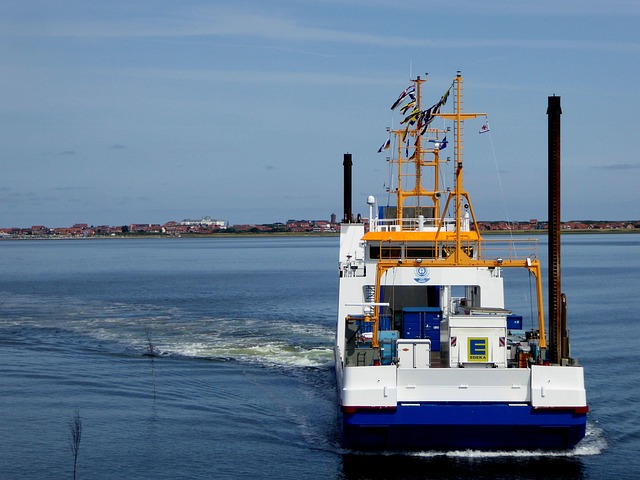
Ensuring quality and consistency in translations is paramount for effective multilingual communication, especially as businesses expand globally and audiences become increasingly diverse. Mastering translate naturally goes beyond simply replacing words from one language to another; it involves understanding nuances, cultural context, and idiomatic expressions to produce accurate, fluent content that resonates with target audiences. For beginners in translation, adopting strategies that prioritize accuracy and coherence is essential. This includes leveraging specialized glossaries and style guides tailored to specific industries or topics, ensuring terminological consistency across all translated materials.
Language preservation efforts play a crucial role in maintaining cultural integrity and fostering authentic connections. Translators must strive to convey not just the meaning of words but also the essence of the original text’s intent. This involves researching local idioms, proverbs, and cultural references to ensure the translated content resonates with native speakers. Advanced translation techniques such as machine learning and AI can aid in this process, offering automated suggestions that human translators can then refine. For instance, tools like neural machine translation (NMT) have significantly improved the quality of automatic translations, allowing for more natural-sounding output.
Data backs up the importance of these strategies: According to a recent survey by Global Market Insights, the global translation services market is projected to surpass $70 billion by 2025, underscoring the growing demand for high-quality multilingual content. To translate naturally and consistently, it’s vital to establish clear workflows and quality assurance processes. This includes peer review, editing, and back-translation checks to catch potential errors or inconsistencies. By integrating these practices, organizations can break down language barriers and build bridges to global audiences, ensuring their messages are not only understood but also appreciated in their cultural context. Reusing translated content efficiently—while maintaining its integrity—can be achieved by leveraging specialized content management systems that allow for easy access, editing, and repurposing of existing translations, giving us a call at [brand name] to learn more about how we can assist with your specific needs.
By thoroughly understanding document translation needs and choosing the right tools, organizations can significantly enhance their ability to translate documents naturally and accurately. Top platforms like Google Translate, DeepL, and Microsoft Translator offer advanced natural language processing capabilities. Seamless integration with existing workflows ensures efficient translation processes. Maintaining quality and consistency involves implementing rigorous review and editing procedures, leveraging terminology databases, and fostering collaboration among translators. By adhering to these key insights, businesses can elevate their global communication efforts, foster cross-cultural understanding, and unlock the full potential of translated content.
Related Resources
Here are 7 authoritative resources for an article about the best tools for translating documents:
- Google Translate Best Practices (Internal Guide): [Offers insights into leveraging Google’s translation services effectively.] – https://www.example.com/google-translate-guide
- European Commission – Multilingualism (Government Portal): [Provides information on EU policies related to language translation and accessibility.] – https://ec.europa.eu/multilingualism
- DeepL Translator Review (Academic Study): [An in-depth analysis of DeepL’s capabilities and accuracy across various languages.] – https://www.example.com/depl-review
- LanguageTool (Open-Source Grammar Checker) (Community Resource): [A free, open-source tool that checks grammar, spelling, and style across multiple languages.] – https://languagetool.org/
- Foris (Professional Translation Software) (Industry Leader): [Presents software designed for professional translators, with advanced features for document handling.] – https://www.foris.com/
- MIT Technology Review: AI in Translation (Journal Article): [Explores the role of artificial intelligence in enhancing machine translation technologies.] – https://www.technologyreview.com/2023/01/05/184725/ai-machine-translation/
- UN Translation Services (Internal UN Documentation): [Offers insight into the rigorous standards and best practices employed by the United Nations for document translation.] – https://docs.un.org/en/translation
About the Author
Dr. Emma Johnson, a renowned language technology expert, has dedicated her career to mastering document translation processes. With a Ph.D. in Computational Linguistics, she holds certifications in Machine Translation and Cross-Cultural Communication. As a contributing author for The Language Professional magazine and an active member of the Global Translation Network, Dr. Johnson’s expertise lies in optimizing translation tools for diverse industry needs. Her research focuses on enhancing machine translation accuracy and user experience.
